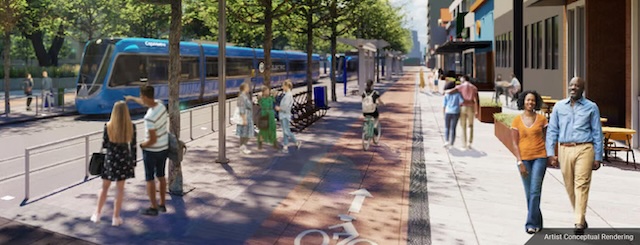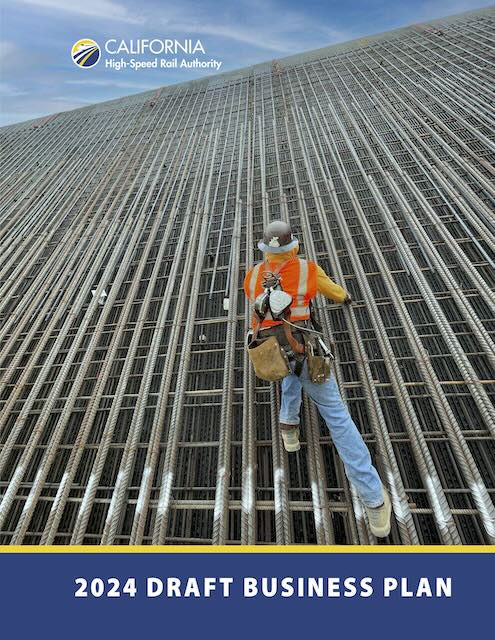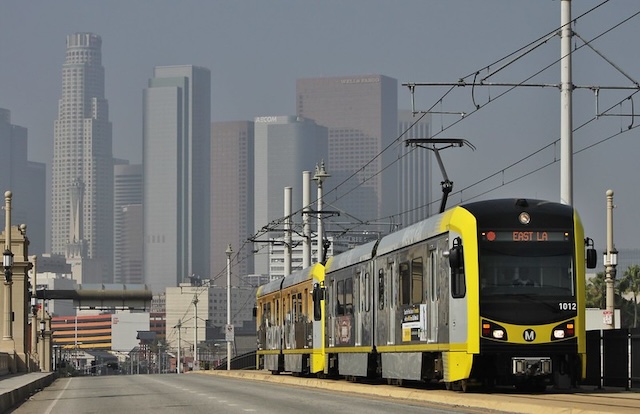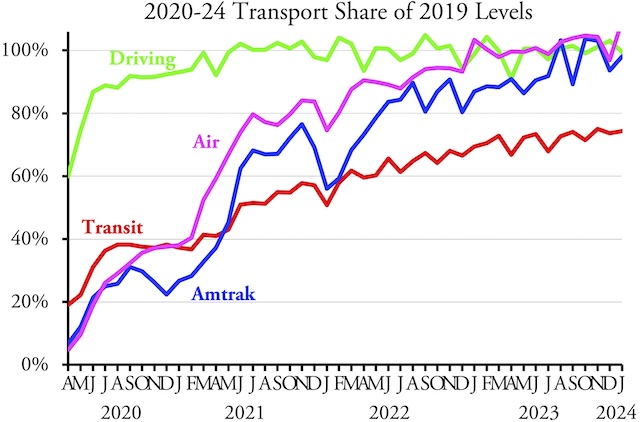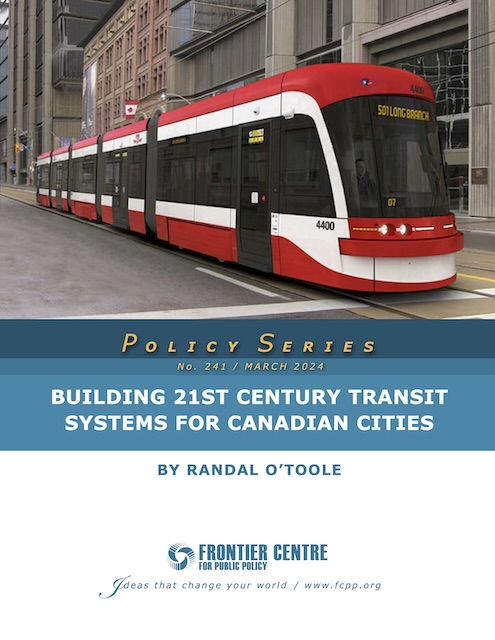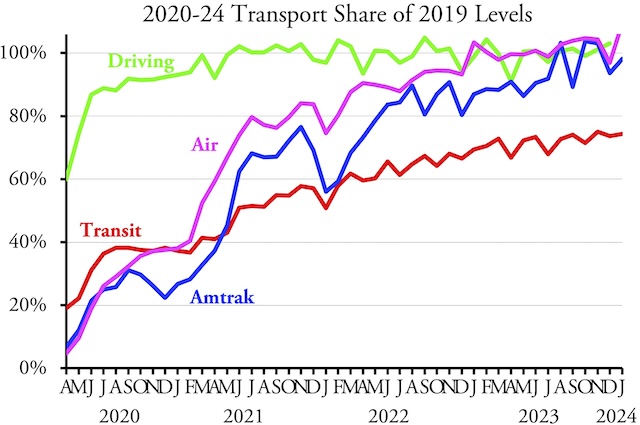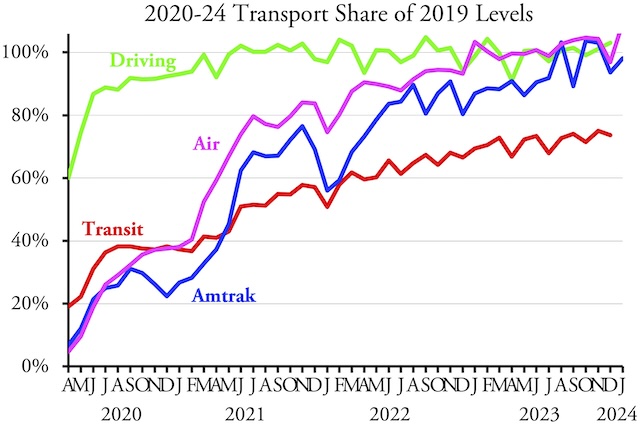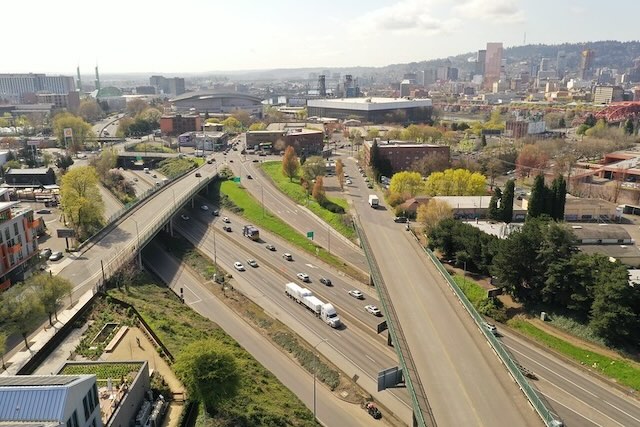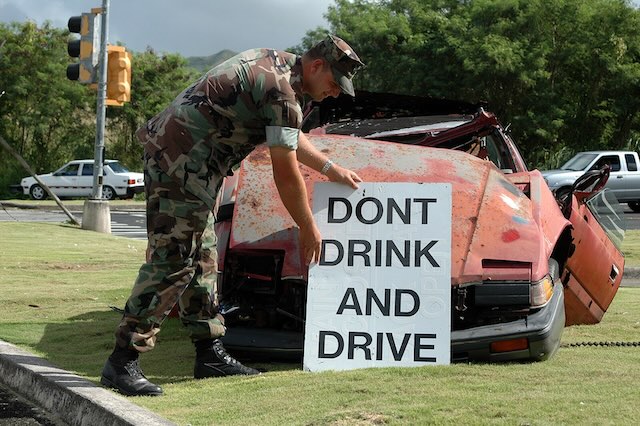Texas Attorney General Ken Paxton is asking a state court to cancel Austin’s light-rail plans. Capital Metro, Austin’s transit agency, persuaded voters to raise taxes to build light rail in 2020. Soon after the vote, however, the agency admitted that rail would cost a lot more than it had claimed and so less would be built than promised. Paxton says that in doing so it has breached its contract with the voters and its plans should be rejected.
Imagining light rail in Austin. Smiling happy people, no cars, and no crime make this scene a complete fantasy. Source: Project Connect.
Paxton has gotten in trouble over securities fraud and has taken positions on abortion and immigration that I disagree with. I am sure there are rail transit advocates who are gnashing their teeth over the idea that a lawsuit could overturn the “will of the people” to build light rail in Austin. But, while I am obviously biased, I think that defining the election as a “contract” and ruling it invalid if Capital Metro can’t keep its part of the contract is a great idea. Continue reading

